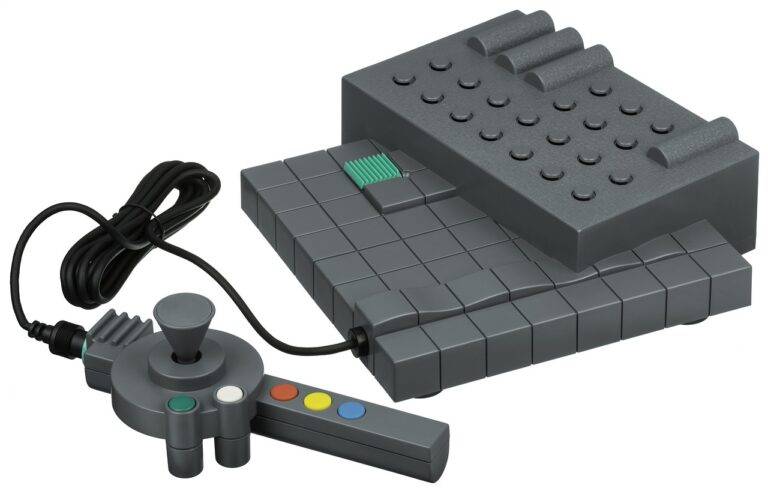E-Sports and Virtual Reality Training: Simulating Real-Life Scenarios for Competitive Players
Laser247, lotus365, sky247 login:E-Sports and Virtual Reality Training: Simulating Real-Life Scenarios for Competitive Players
In the world of competitive gaming, staying ahead of the curve is key to success. With the rise of e-sports, professional gamers are constantly looking for ways to improve their skills and outplay their opponents. One innovation that has been gaining popularity in recent years is virtual reality training.
Virtual reality (VR) technology allows players to immerse themselves in a simulated environment, replicating real-life scenarios and challenges. This technology is revolutionizing the way e-sports players train and compete, offering a level of immersion and realism that traditional training methods cannot match.
**The Benefits of VR Training**
One of the main advantages of VR training is its ability to simulate real-life scenarios. For e-sports players, this means being able to practice in environments that closely resemble tournament settings, helping them prepare for high-pressure situations and improve their performance under stress.
VR training also allows players to work on specific skills and techniques in a controlled environment. Whether it’s mastering a new strategy or honing their aim, players can practice until they perfect their skills without the limitations of traditional training methods.
**Enhancing Team Communication**
Team communication is crucial in e-sports, and VR training can help players improve their coordination and teamwork. By training in virtual environments, players can work on their communication skills and develop strategies to outsmart their opponents.
**Increasing Immersion and Engagement**
VR training offers a level of immersion and engagement that traditional training methods lack. Players can feel like they are truly inside the game, making the experience more realistic and enjoyable. This heightened level of immersion can help players stay focused and motivated during training sessions.
**Overcoming Physical Limitations**
Another advantage of VR training is its ability to help players overcome physical limitations. Whether it’s improving reaction times or enhancing hand-eye coordination, VR technology can help players push past their limits and reach new levels of performance.
**The Future of E-Sports Training**
As VR technology continues to evolve, the possibilities for e-sports training are endless. From advanced simulations to interactive coaching tools, the future of e-sports training is bright. Professional gamers are increasingly turning to VR training to gain a competitive edge and stay at the top of their game.
**FAQs**
1. What games can be played in virtual reality?
Virtual reality technology supports a wide range of games, including first-person shooters, racing games, and sports simulations.
2. How does VR training help e-sports players improve their skills?
By simulating real-life scenarios and challenges, VR training allows players to practice in high-pressure environments and work on specific skills and techniques.
3. Is VR training suitable for all levels of players?
Yes, VR training can benefit players of all skill levels, from beginners looking to improve their skills to seasoned professionals seeking to stay ahead of the competition.
In conclusion, virtual reality training is transforming the way e-sports players train and compete, offering a level of immersion and realism that traditional training methods cannot match. As VR technology continues to advance, the future of e-sports training looks increasingly bright. Professional gamers who embrace this technology will have a competitive edge and be well-equipped to succeed in the rapidly evolving world of e-sports.







